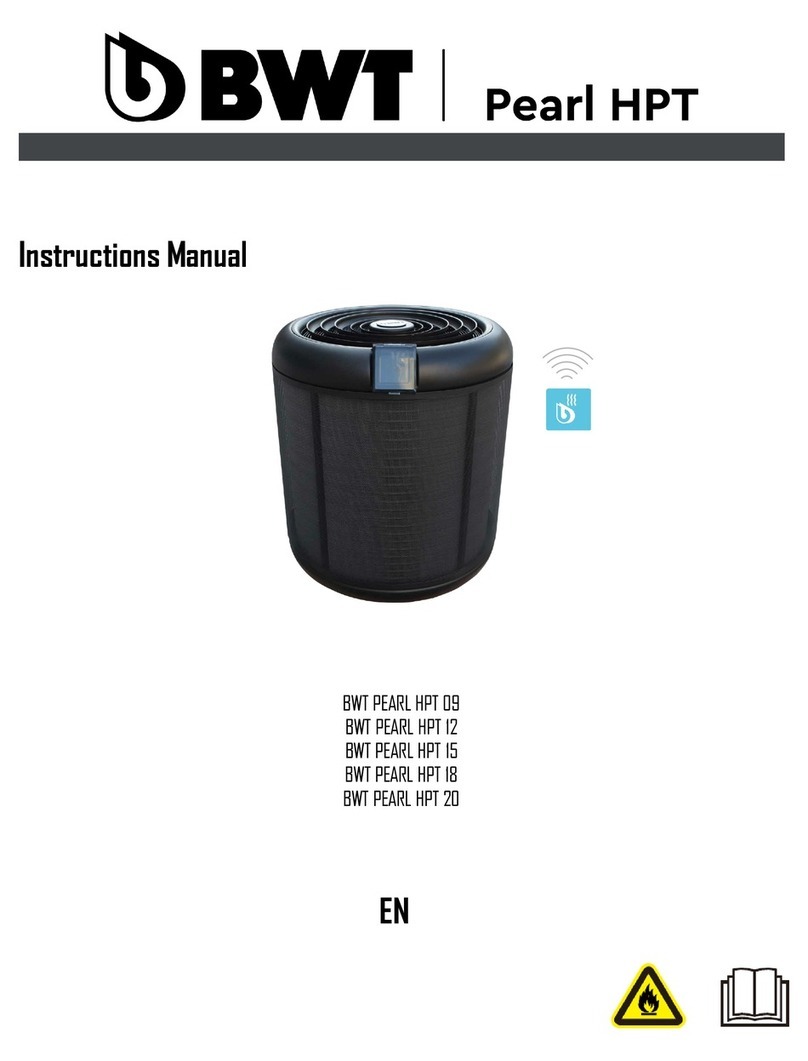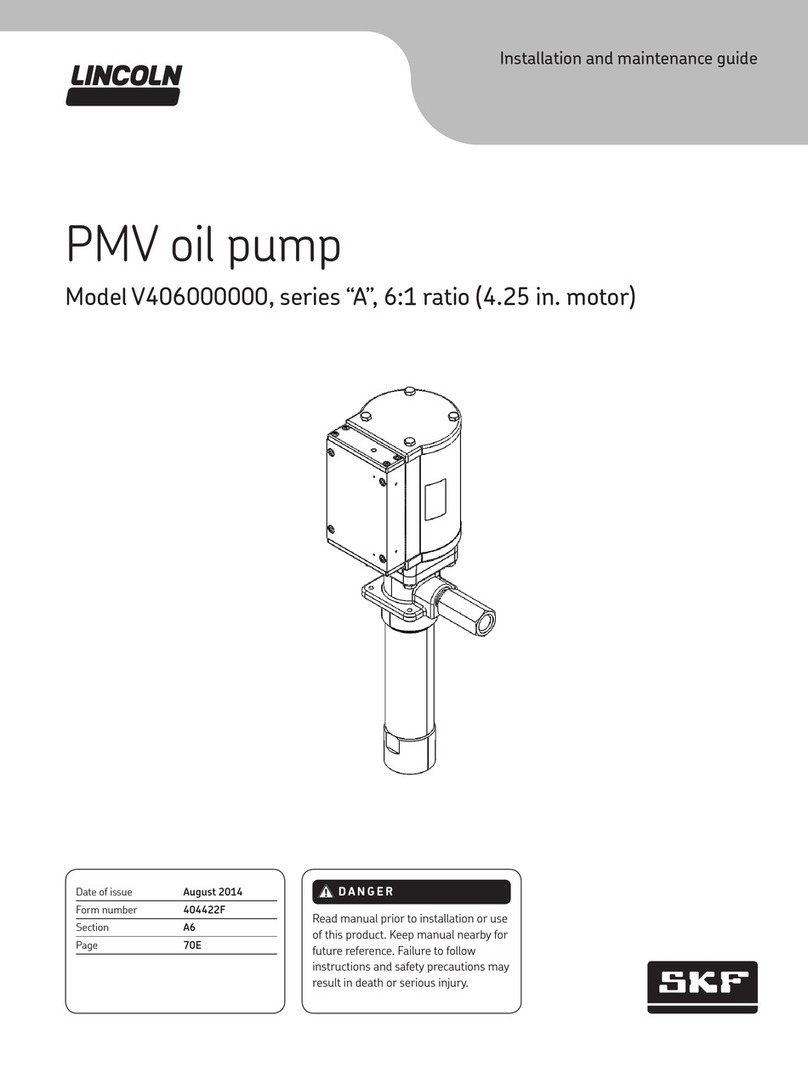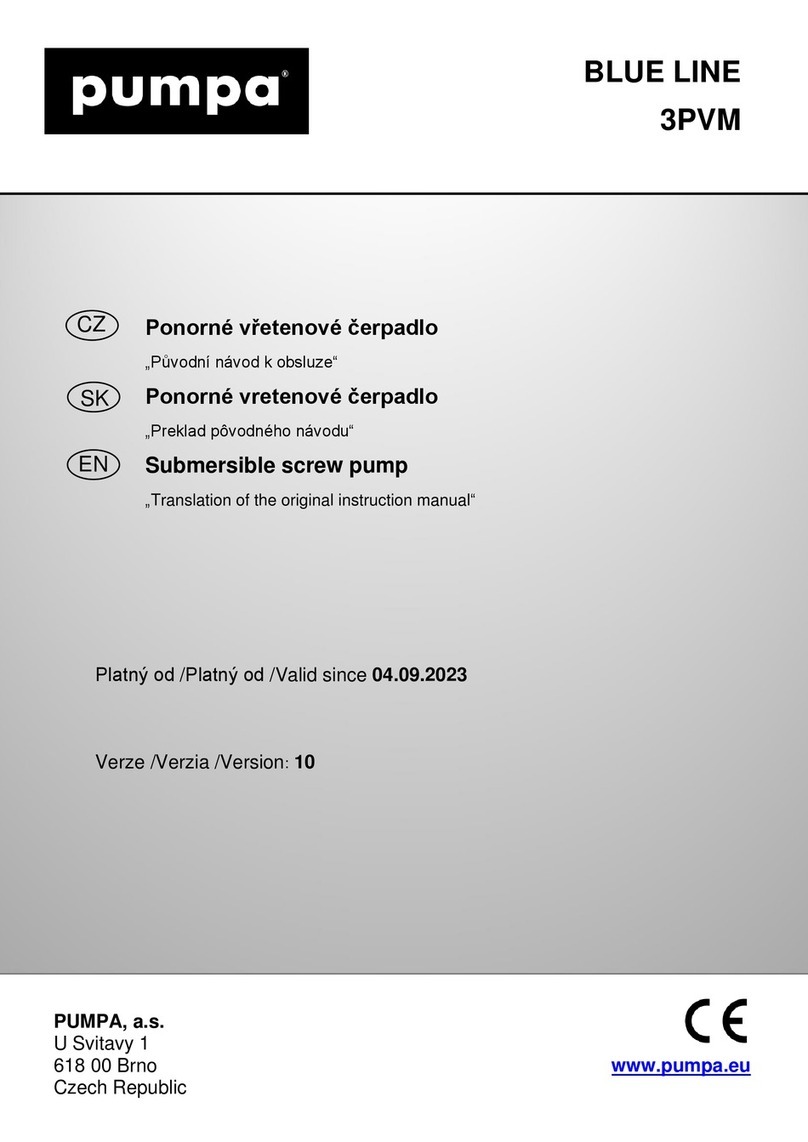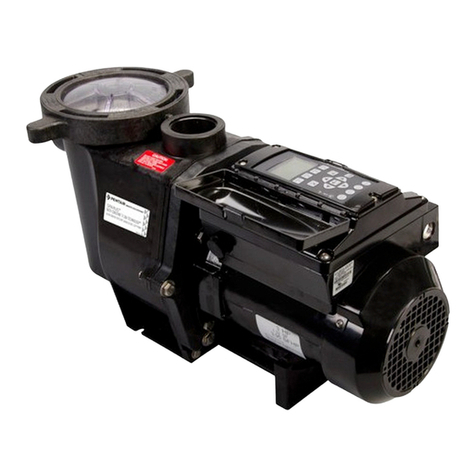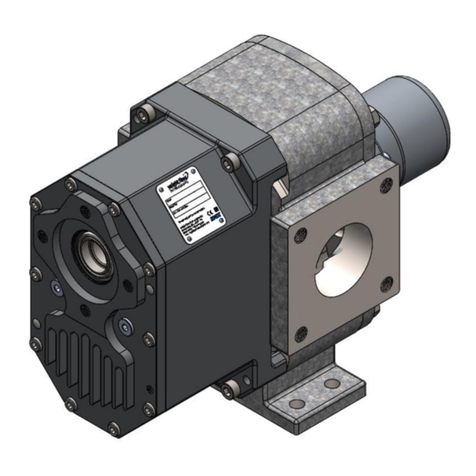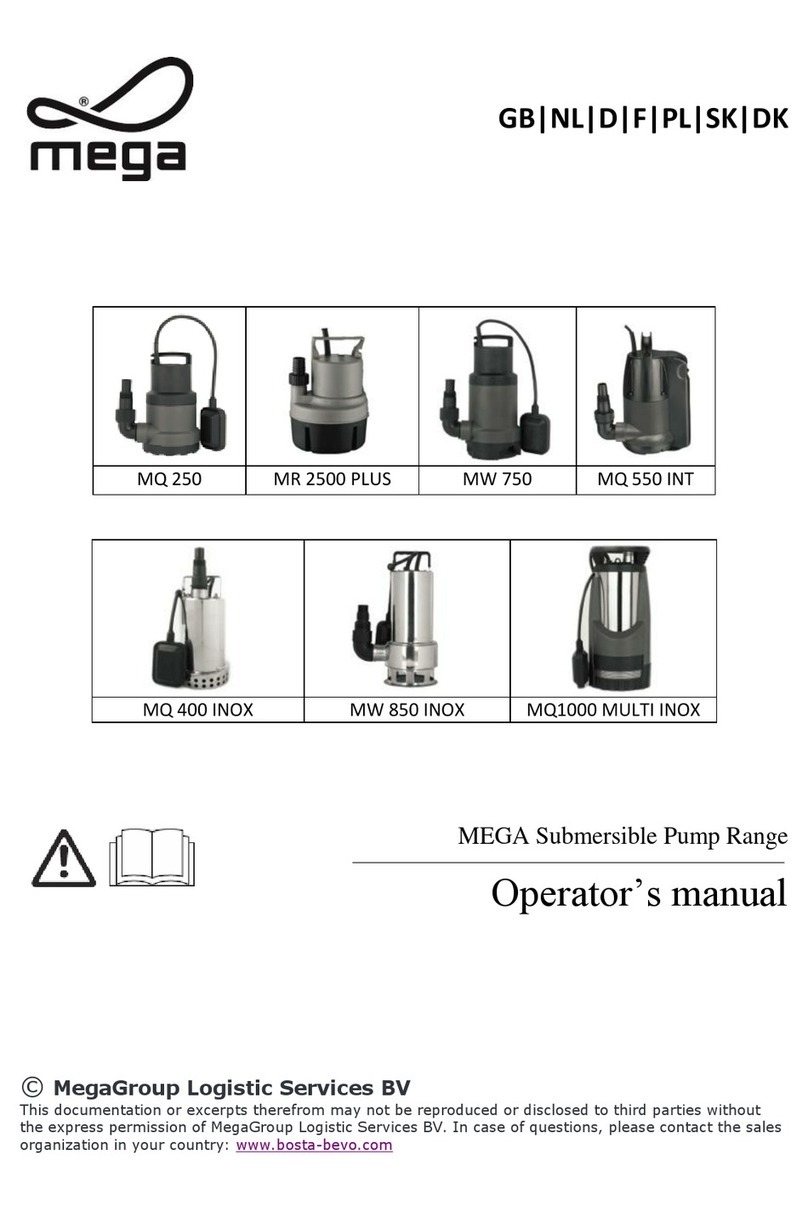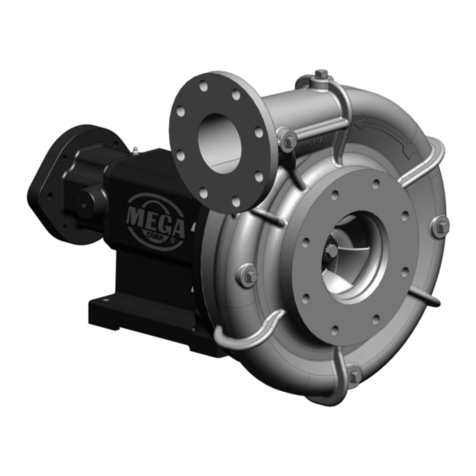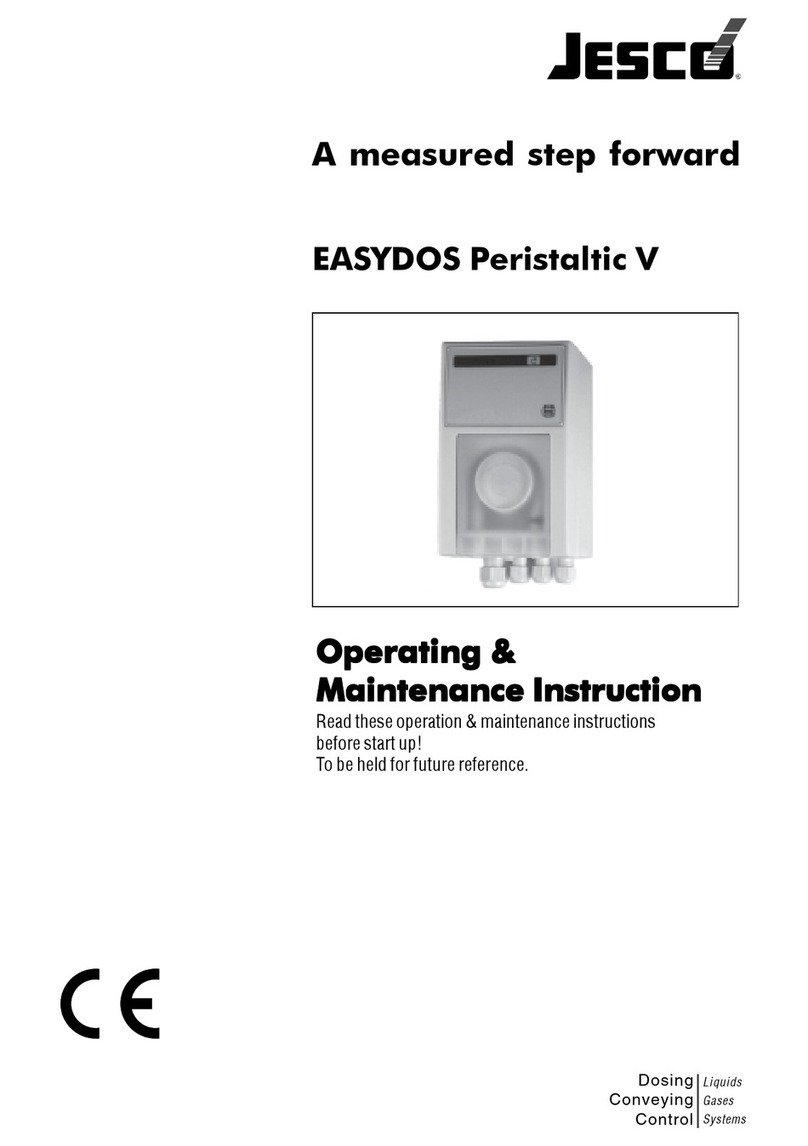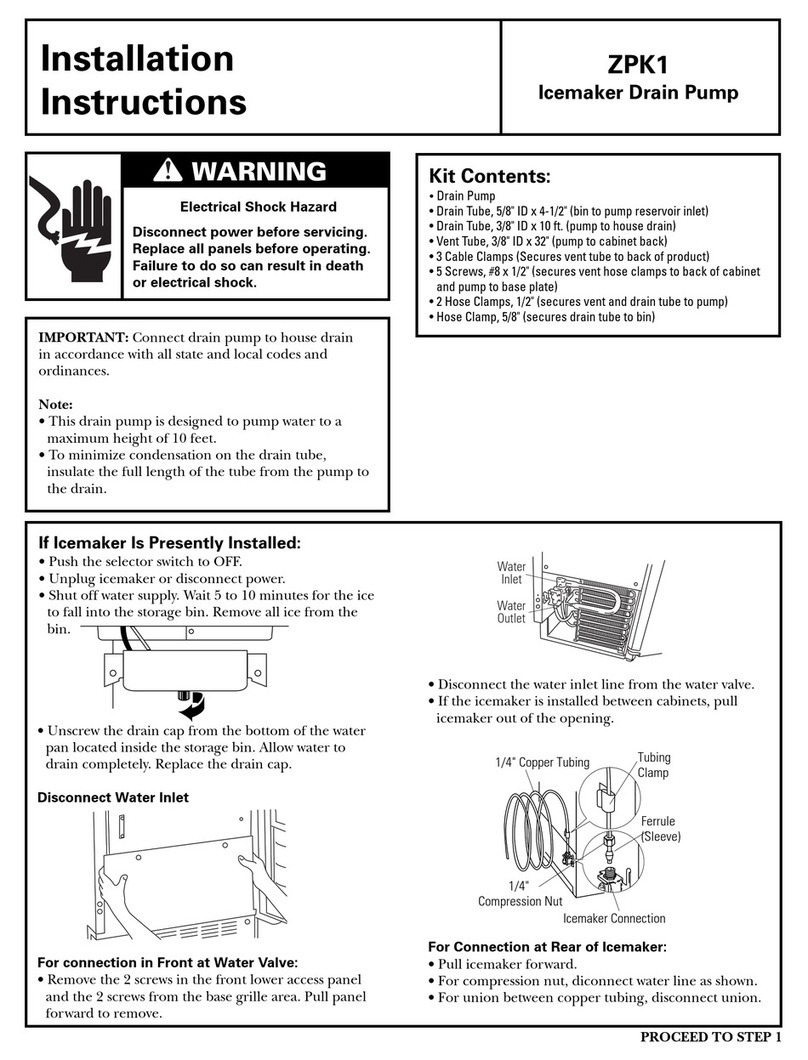
4 Programming
4.1 Programmed Schedule
1)
2) Each schedule setting has 4 parameters “Running Speed”, “Time On”, “Time Off”, Enable /
Disable.
3) Programmed Schedule Priority: Schedule 1 > Schedule 2 .
4) Programmed Schedule Logic: If more than 1 schedule is enabled within the same time period,
the controller will operate only with the highest priority schedule and speed, the corresponding
indication light will on.
5) Programmed Schedule Termination: If all schedules are completed with its setting time, the
controller will switch back to the condition before the schedule.
6) Programmed Schedule Manually Disable: When any programmed schedule is running, press
any button (“UP”. “DOWN”, “Start/Stop”, “Speed 1”, “Speed 2”, “Speed 3”) in the monitoring
interface with disable all programmed schedules. (Press “Start/Stop” will stop the pump, the
last running speed will be recorded, the operation light will remain; Press “UP”, or “DOWN”,
running speed add/reduce 10rpm from the current speed, the operation light will off; Press
“Speed X”, the selected speed will replace the current speed, with the corresponding speed
indication light on)
7) The scheduled settings and auto recovery will not contradict each other. When there is error,
the variable speed driver will restore to the settings before the error. (The priority setting is still
applicable)
2 schedule settings available, preset speed at 1500RPM, 2400RPM.
4.2 Self Priming
1) Self Priming setting has 3 parameters “Self Priming Time”, “Self Priming Speed”,
“Enable/Disable”.
2) Self Priming function will be activated if the function is enable, the running speed is lower than
the “Self Priming Speed” and the running time is less than the “Self Priming Time”.
3) Self Priming default as “Enable”.
4.3 Auto Recovery
1
2) When there is Over Current, Over Voltage or Low Voltage error, the variable speed driver will
recover automatically and will restart after 10 seconds.
3) In the first 5 seconds, the display will shows the “error details /error times” (e.g. “OC1 1T”). In the
next 5 seconds, the display will shows the “Count down details / Count down time” (e.g. “AR 5”
or “AS 5”)
4) If two errors happenedin less than 60 seconds interval, the auto recovery time will increase
once. If the auto recovery increase to 3 times, the system will direct to the Error menu, and will
not auto recover.
5) Press “Start/Stop” button to cancel the count down during the auto recovery process, to
activate the auto recovery immediately.
) Auto Recovery is a core function, with no setting options.
8
4.4 Power Failure Recovery
1)
capacitance, the memory will be kept for 72 hours.
2) When the power is reconnected, the variable speed driver will restore to the settings before the
error.
The current settings (Enable/disable, current speed, scheduled settings) are protected by the
4.5 Real Time Clock
1) Real time clock display time in “hours:minutes”
2) Long press “MODE” button at the “Time Display Page” to enter “Time Setting”.
4.6 Reset
At the setting interface, switch to the Reset menu, display “RESET”, short press “Mode”, the
















